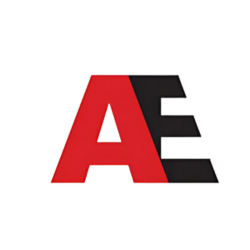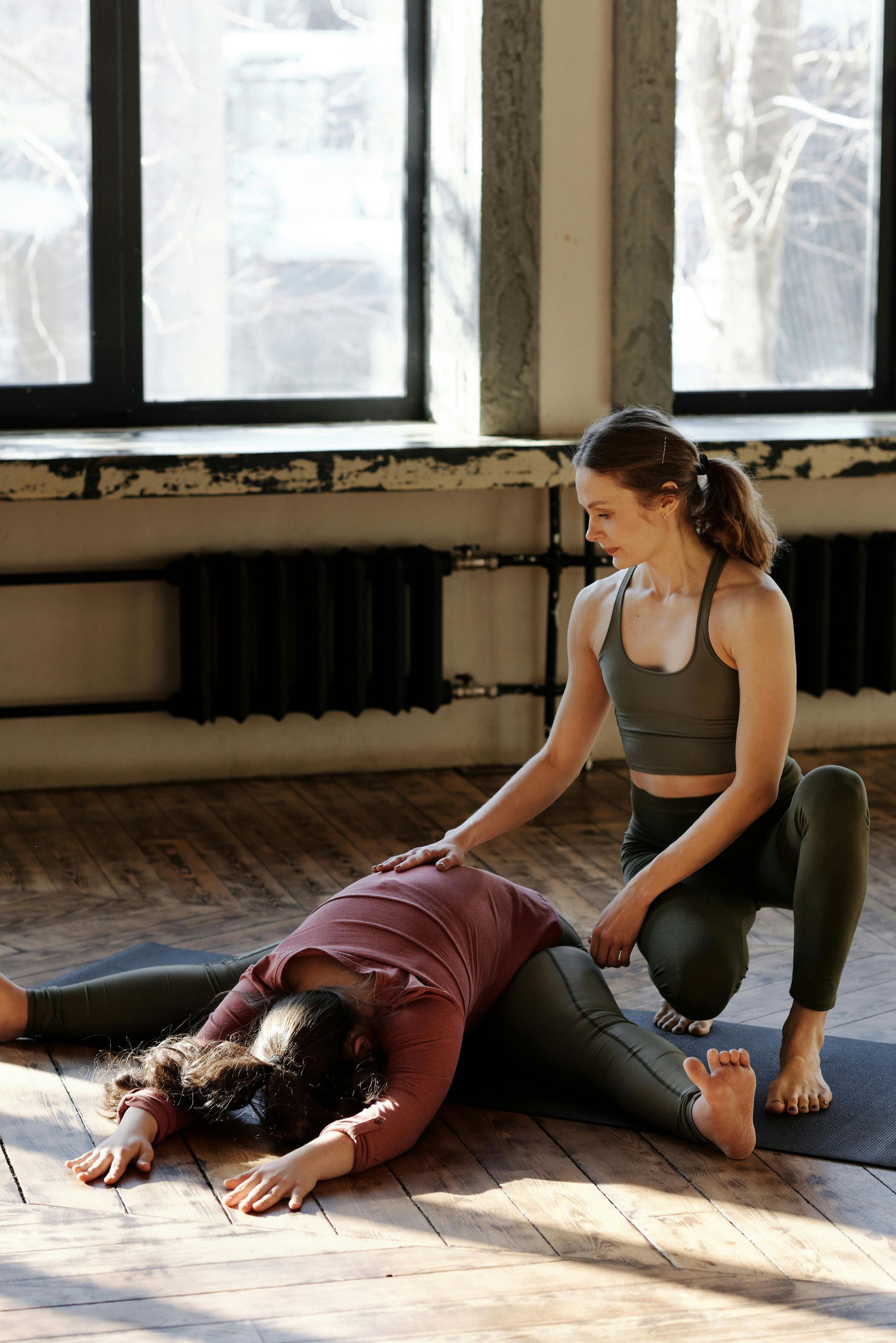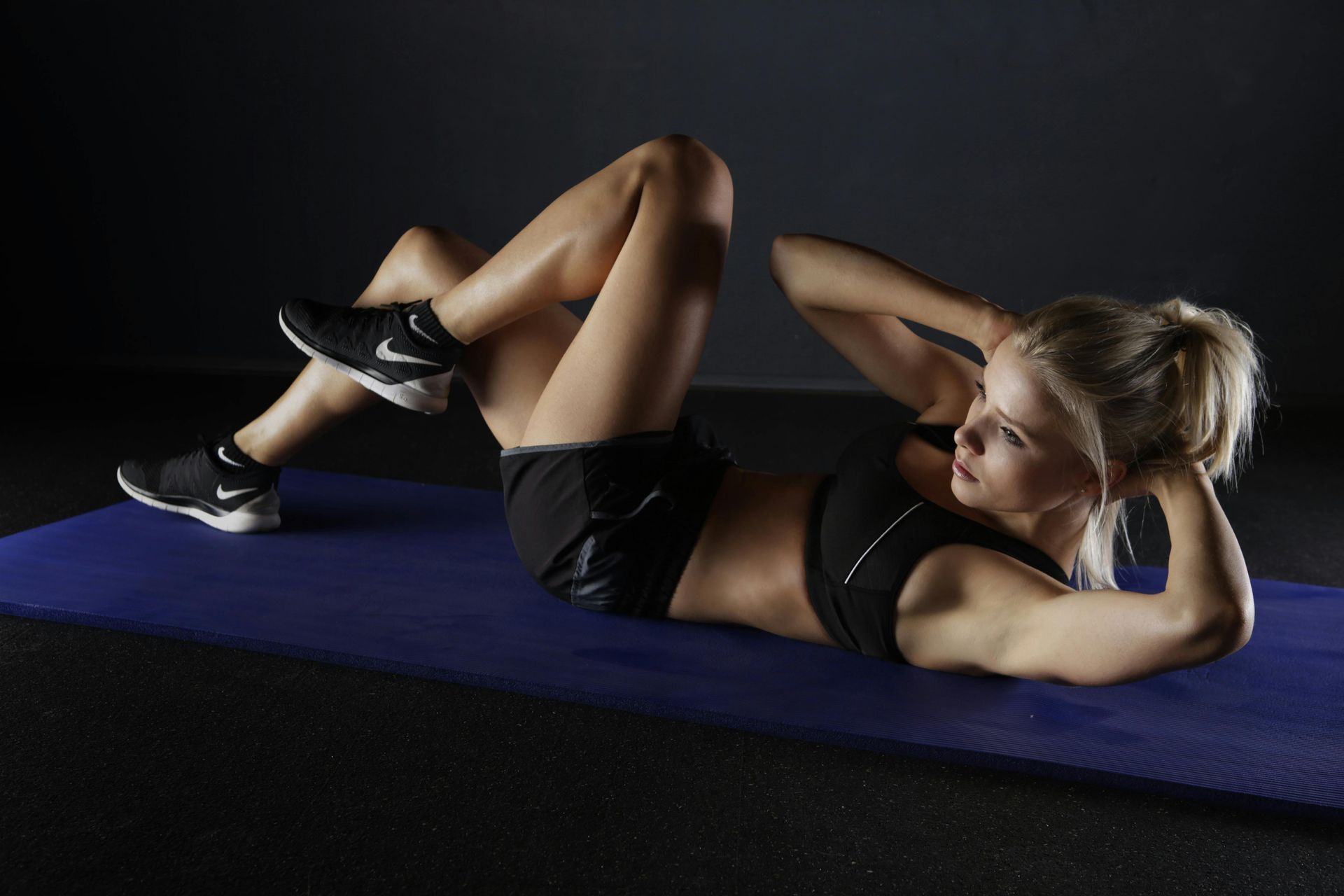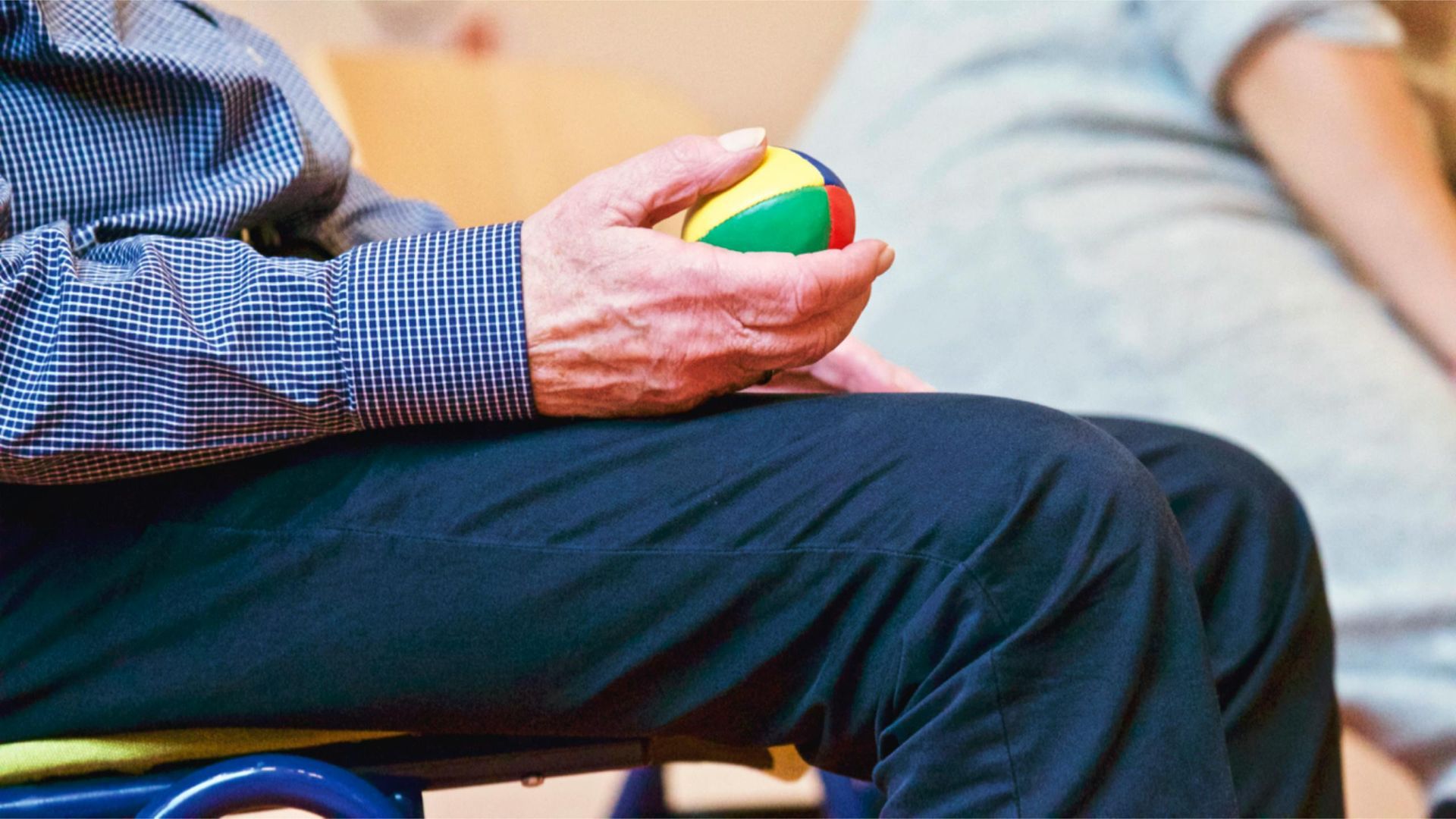How to Prepare for an ACL Return to Sport Program: Your Step-by-Step Guide
Rehabbing from ACL surgery? Discover how to prepare for your return to sport with expert guidance at Athletic Evolution Woburn
Torn your ACL? The road back to sport requires more than just healing. It takes a structured rehab program, ongoing testing, and smart progression to get you back to your pre-injury level—or better. At Athletic Evolution Woburn, we specialize in ACL Return to Sport (RTS) programs that help athletes across Greater Boston recover safely and return with strength, confidence, and control.
This guide walks you through each step of the return-to-sport process—so you know exactly what to expect, how to prepare, and why working with experts matters.
Step 1 – Know When You're Ready to Begin
Most athletes begin structured RTS training around 4–6 months post-op, depending on:
- The type of graft used (e.g., hamstring, patellar tendon, or cadaver)
- Surgical healing progress
- Pain and inflammation levels
- Range of motion and strength benchmarks
Key Signs You’re Ready for the Return-to-Sport Phase:
Pain-free walking and stair climbing
80–90% knee range of motion restored
Minimal swelling or inflammation
Demonstrated control in single-leg weight-bearing activities
Completed basic strength restoration in quads, glutes, and hamstrings
At Athletic Evolution, we never rely on timelines alone. Our team conducts a detailed readiness screen that includes both clinical and functional movement criteria.
Step 2 – Get a Baseline Performance Assessment
Before jumping into advanced drills, we perform a comprehensive performance assessment to establish your baseline and identify asymmetries or deficits. This helps us build a customized plan that accelerates recovery—while reducing reinjury risk.
Your Baseline Evaluation Includes:
- Strength Testing – including isometric and isokinetic measures
- Functional Movement Screen – to assess form, symmetry, and movement mechanics
- Hop Test Series – single-leg hop, triple hop, crossover hop, and timed hop
- Landing Mechanics – tuck jumps, deceleration form, and cutting angles
- Core and Glute Engagement – foundational to knee stability
This data-driven approach helps us measure progress every step of the way and ensures you're not skipping critical benchmarks.
Step 3 – Follow a Phased Rehab Plan
An effective ACL RTS program isn’t just rehab—it’s sports-specific reconditioning. Our programs are broken down into progressive phases tailored to your sport, position, age, and risk factors.
Phase 1 – Neuromuscular Reeducation & Strength Building
- Focus on quad/hamstring/glute activation
- Correcting compensation patterns
- Core stability and balance
- Re-establishing joint control under load
Phase 2 – Dynamic Control & Unilateral Loading
- Lateral movements and directional changes
- Single-leg squats, deadlifts, and step-downs
- Proprioception and reactive drills
- Plyometric basics
Phase 3 – Sport-Specific Power & Plyometrics
- Jump training with landing feedback
- Agility ladders, cone drills, and deceleration work
- Sprint mechanics and return to speed
- Simulated gameplay movements
Phase 4 – Return-to-Play Simulation & Confidence Testing
- Integrative training in a game-like environment
- Gradual exposure to real-time forces
- Psychological readiness coaching
- Final re-assessment against baseline metrics
Each phase includes ongoing evaluation, and athletes only progress when all benchmarks are met—not just when the calendar says it’s time.
Step 4 – Clear the Final Return-to-Sport Tests
Return-to-play decisions must be objective, comprehensive, and personalized. We don't rely solely on a timeline or doctor’s note. Instead, we use research-backed tests to determine readiness.
Final RTS Clearance Criteria:
- Limb Symmetry Index ≥ 90% in strength and hop testing
- Controlled, pain-free deceleration and pivoting
- Clean landing mechanics with minimal valgus collapse
- Completion of agility drills and sport simulations
- Psychological Readiness Screening, such as the ACL-RSI test
Even if your knee is strong, returning to sport too soon increases reinjury risk dramatically—especially in young athletes. We help you return with both readiness and resilience.
What Makes Our ACL Program Different?
At Athletic Evolution Woburn, we don’t just get you back to sport—we prepare you to excel. Our ACL Return to Sport program is built on decades of sports performance, rehab, and real-world athlete results.
What Sets Us Apart:
Integrated Rehab + Sports Performance
We combine physical therapy and strength & conditioning into one seamless program—eliminating the gap between recovery and performance.
Video Gait & Movement Analysis
We break down your form in real time and adjust drills to correct poor mechanics before they become reinjury triggers.
TPI Movement Screens (Golf & Rotational Sports)
Perfect for athletes in baseball, golf, tennis, and lacrosse.
Confidence Building & Mindset Coaching
We address the psychological side of returning to sport—fear of reinjury, hesitation, and confidence gaps.
Team Communication
We collaborate with orthopedic surgeons, coaches, and families to ensure every stakeholder is informed and aligned.
Bonus Tips – How to Support Your Recovery Outside the Clinic
Recovery doesn’t stop when you leave the gym. To get the most from your ACL rehab program:
- Prioritize
high-protein meals to support tissue healing
- Stay
hydrated and get 7–9 hours of sleep nightly
- Follow your
home exercise plan consistently
- Use
ice and compression to manage swelling after intense sessions
- Keep a
recovery journal to track progress and stay motivated
FAQs
Q: How long does the ACL Return to Sport process take?
A: Most athletes are cleared in
9–12 months, though elite-level clearance often takes 12+. Your timeline depends on graft type, compliance, and goals.
Q: Can I join your program if I had surgery elsewhere?
A: Yes. We frequently work with athletes who’ve had surgery at Boston-area hospitals or out-of-state, then return home for high-level rehab.
Q: Is this program for youth athletes too?
A: Absolutely. We offer youth-specific protocols that account for growth, development, and school sports schedules.
Q: Do I need to be pain-free before starting?
A: Not always—mild pain is common early in the process. We evaluate and adjust to ensure you progress safely.
Start Your ACL Comeback in Woburn
Whether you're just cleared for Phase 2 rehab or gearing up for your final hop test, Athletic Evolution Woburn can guide your full return—smarter, stronger, and safer.
800 West Cummings Park, Suite 1550, Woburn, MA 01801
(781) 935‑7701
Book your ACL evaluation today
Serving athletes from Woburn, Wilmington, Burlington, and the entire Greater Boston area.
Internal Links
- [Sports Performance Programs – https://www.athletic-evolution.com/]
- [TPI Movement Screen – https://www.athletic-evolution.com/]
- [Shockwave Therapy for Knee Pain – https://www.athletic-evolution.com/]




